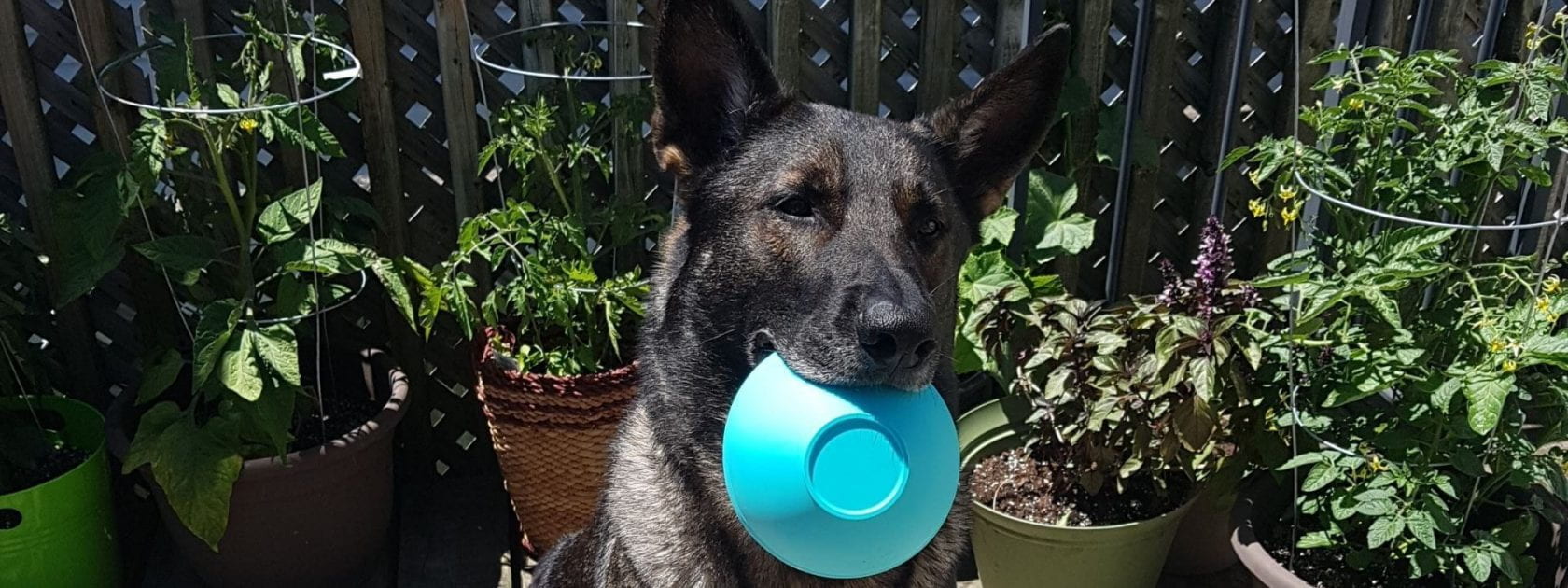From June 2nd to June 3rd the 21st Annual AAVN Clinical Nutrition and Research Symposium virtually took place and hosted a diverse set of oral abstract, poster, and keynote presentations. The presenters touched upon relevant topics affecting animal nutrition today, ranging from obesity to protein supply to the evolution of a mammal’s first diet; milk. Along with an array of informative presentations, AAVN made adequate time for virtual networking between conference participants through events such as their virtual cocktails and trivia night.
The conference was also filled with a variety of keynote presentations, including one by David Dzanis (DVM, PhD, DACVN) entitled “Regulatory Milestones Over the Past 30 Years”.
David Dzanis (DVM, PhD, DACVN) “Regulatory Milestones Over the Past 30 Years”


Depicted above are two food labels– one from the 60s and one from present day. As Dr. Dzanis pointed out, one of the most significant differences between these labels was the lack of a nutritional adequacy statement on the older label (shown on the left). This is significant because it means that consumers from the 60s had no way of knowing if they were feeding their pets a complete and balanced diet. Whereas the modern-day label, shown on the right, contains a statement from the Association of American Feed Control Officials (AAFCO), the governing body for animal feed, assuring the consumer that the diet is complete and balanced based on what is known about nutrient requirements for pets today. The introduction of this statement was a significant step forward for the pet food industry and our pets’ health, as it set the beginning of required standards for pet food.
The incorporation of this statement was made possible by novel research into the nutrient requirements of cats and dogs and the critical analysis and summation of this research by the National Research Council (NRC). With the NRC having continued to publish new editions of the recommended nutrient intakes for cats and dogs, Dr. Dzanis informed us that AFFCO was quick to adopt them as the nutrient requirement and toxicity authority for pet foods. However, it was quickly realized by the NRC that their recommendations were based on a critical assumption; that the dietary nutrients being used in food formulation were completely available (100% digested and absorbed). However, this assumption was far from true and thus the requirements that were in use were not practical for food formulation. In response to this realization, AAFCO formed a committee to determine the nutrient requirements of extruded diets rather than purified diets (as the NRC had done) or, in other words, to determine the nutrient requirements based on diets that were not completely available to the animal.
Another topic Dr. Dzanis touched upon was the driving force for change in the pet food industry. As many of us can guess, consumer perception has always been a leading factor in controlling pet food practices, even when there is no factual evidence to support this perception. One example Dr. Dzanis described was the change in regulation concerning ethoxyquin. Stay tuned for our next post to read more!
Written by: by: Cristian Mastrangelo, OVC Pet Nutrition Summer Student
Edited by: Shoshana Verton-Shaw, RVT, VTS (Nutrition)
Dr. Adronie Verbrugghe, DVM, PhD, EBVS Specialist in Veterinary and Comparative Nutrition® (Dip ECVCN)


